Increased Pet Humanization
The phenomenon of pet humanization is significantly influencing the Animal Ortho Prosthetics Market. As pet owners increasingly view their animals as family members, there is a growing willingness to invest in advanced medical treatments, including prosthetics. This trend is reflected in the rising expenditure on pet healthcare, which has seen an increase of over 20% in recent years. Owners are more inclined to seek out high-quality prosthetic solutions that enhance their pets' quality of life, leading to a greater demand for specialized veterinary services. Consequently, this shift in consumer behavior is driving market growth, as companies respond by developing more sophisticated and tailored prosthetic options. The emotional bond between pets and their owners is likely to continue fueling this trend, suggesting a sustained increase in market activity.
Growing Awareness and Education
Growing awareness and education regarding animal prosthetics are playing a pivotal role in the Animal Ortho Prosthetics Market. As more pet owners become informed about the benefits of prosthetic devices, there is an increasing demand for these solutions. Educational initiatives by veterinary associations and animal welfare organizations are helping to disseminate information about the availability and effectiveness of prosthetics. This heightened awareness is encouraging pet owners to consider prosthetics as viable options for their injured or disabled animals. Furthermore, as veterinarians receive training on the latest advancements in prosthetic technology, they are better equipped to recommend these solutions to clients. This trend is likely to result in a more informed consumer base, ultimately driving market growth.
Rising Incidence of Animal Injuries
The rising incidence of animal injuries, particularly among active and working animals, is a critical driver of the Animal Ortho Prosthetics Market. Factors such as increased participation in sports and outdoor activities with pets have led to a higher occurrence of injuries that necessitate prosthetic interventions. Reports indicate that injuries related to accidents, congenital defects, and age-related conditions are on the rise, prompting a greater need for effective rehabilitation solutions. This trend is likely to drive demand for prosthetic devices that can restore mobility and improve the quality of life for affected animals. As awareness of available options grows, pet owners are more inclined to seek out prosthetic solutions, thereby contributing to market expansion.
Collaborative Efforts in Veterinary Care
The Animal Ortho Prosthetics Market is benefiting from collaborative efforts among veterinary professionals, researchers, and prosthetic manufacturers. These partnerships are fostering innovation and improving the standards of care for animals requiring prosthetics. By sharing knowledge and resources, stakeholders are able to develop more effective and efficient prosthetic solutions. For example, veterinary clinics are increasingly collaborating with universities and research institutions to conduct studies that inform best practices in prosthetic design and application. This collaborative approach not only enhances the quality of care but also promotes the dissemination of information regarding the benefits of prosthetics for animals. As awareness grows, the market is likely to expand, with more veterinarians advocating for the use of prosthetics in their practices.
Technological Advancements in Prosthetics
The Animal Ortho Prosthetics Market is experiencing a surge in technological advancements that enhance the quality and functionality of prosthetic devices. Innovations such as 3D printing and advanced materials are revolutionizing the design and production of animal prosthetics. For instance, 3D printing allows for customized fittings that cater to the unique anatomical structures of various animals, improving comfort and usability. Additionally, the integration of smart technologies, such as sensors and IoT capabilities, is likely to provide real-time data on the animal's mobility and health. This trend not only enhances the effectiveness of prosthetics but also contributes to better outcomes in rehabilitation. As a result, the market is projected to grow at a compound annual growth rate (CAGR) of approximately 15% over the next five years, indicating a robust demand for innovative solutions.


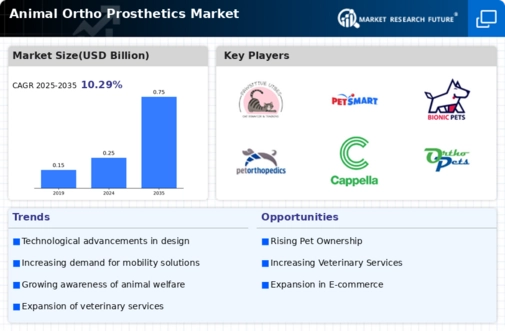

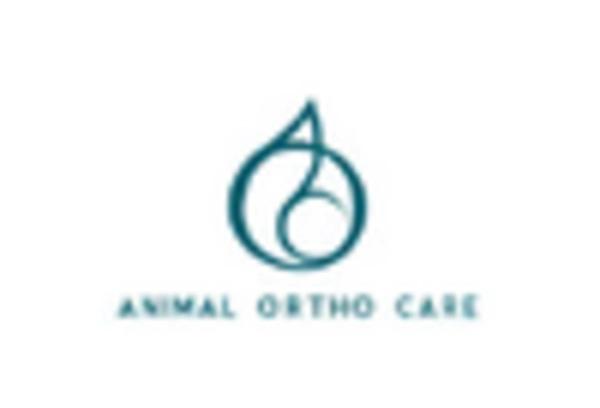
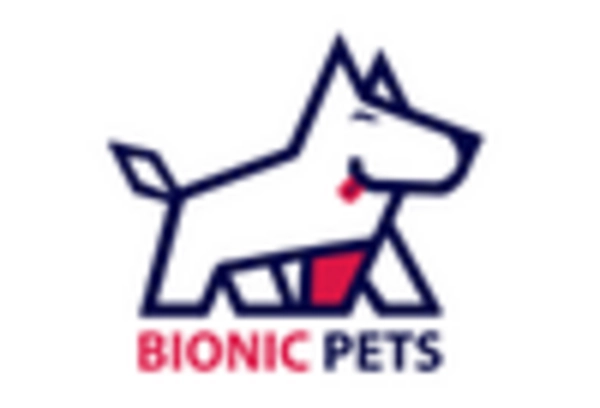
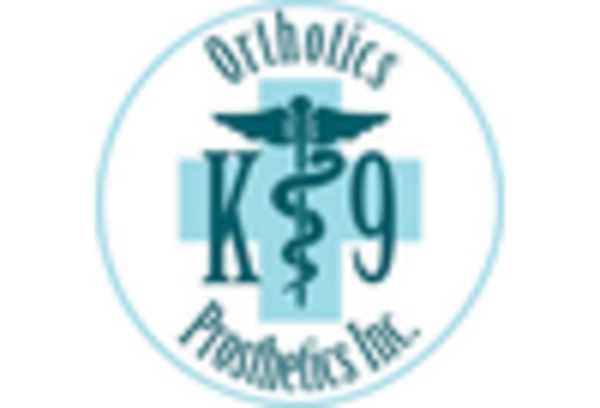
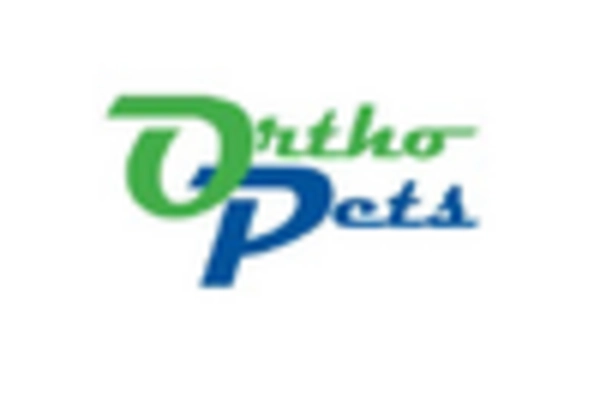










Leave a Comment